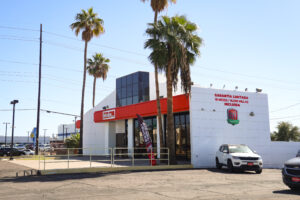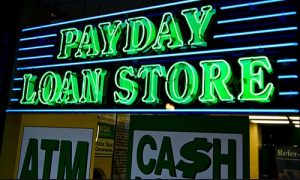Now that you know how to basic federal financial data to examine a bank’s performance (see banking beat part one), you can also use similar data to look into whether any local banks have made large volumes of insider loans. While no federal law makes this practice illegal, insider loans have long troubled some banks.
Sanjay Bhatt dug into the failure of Westsound Bank for The Seattle Times and found that the bank was lending millions of dollars on cozy and possibly illegal terms to the bank’s directors and its top lending executive. Bhatt discovered the bank’s chairman and chief lending executive collectively borrowed nearly $10 million over a five-year period. Regulators shut down the bank in 2009, pegging the total cost to the Federal Deposit Insurance Corp. at more than $100 million.
Banks are barred from making loans to “insiders” at terms detrimental to the bank. Banks are also barred from making loans offering terms offered to other borrowers with a similar risk profile under a federal regulation called Regulation O. Reporters can dig into insider lending using data from Uniform Bank Performance Reports filed with the Federal Financial Institutions Council. After pulling up the Uniform Bank Performance Report for an individual bank, select the balance sheet option. There, you can see the total volume and value of insider loans. You can also see how the bank stacks up compared to its peers.
Banks, particularly community banks, often seek out prominent local business owners and managers to sit on the bank’s board of directors. These leaders tend to bring wisdom and insight to the bank board. But conflicts of interest can emerge when a bank makes many loans to insiders, generally considered to be the board of directors, officers staffing the bank’s executive positions and primary shareholders. These leaders can worry more about their own personal interests than the bank’s interests if they’ve borrowed large sums from the bank under favorable terms.
A Government Accountability Office report to Congress found insider fraud and abuse in 61 percent of the 286 bank failures in 1990 and 1991. A large volume of insider loans can red flag both investors and regulators. Both private and public banks benefit from full-disclosure of which insiders are receiving loans, the loan amount and the interest rate (or any other conflict of interest that the loans create for the bank). Some banks engaging in heavy insider lending make it tricky for both reporters and regulators by lending insiders money through outsiders close to the insider.
Still, many community banks continue lending to directors and officers; the banks justify the loans as opportunities to put strong loans on the bank’s books. And that if the borrower is vetted like any other, it makes little difference if the borrower is an insider.
Specific insiders are sometimes identified in annual reports that bank holding companies file with the Federal Reserve. These public records are called Y-6 reports. Shareholders who own more than 5 percent of the bank’s stock are named along with the bank’s officers and directors. But these reports don’t disclose insider loans.
While not necessarily a sign of fraud or wrongdoing, tracking insider loans can initiate any reporting effort to dig a little deeper into the local banking scene.











